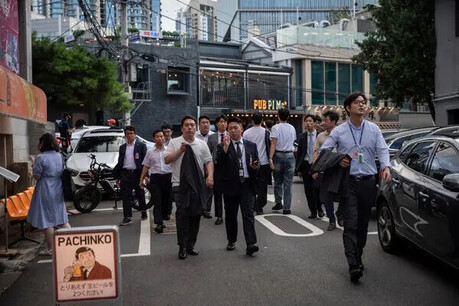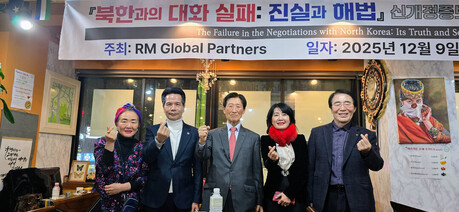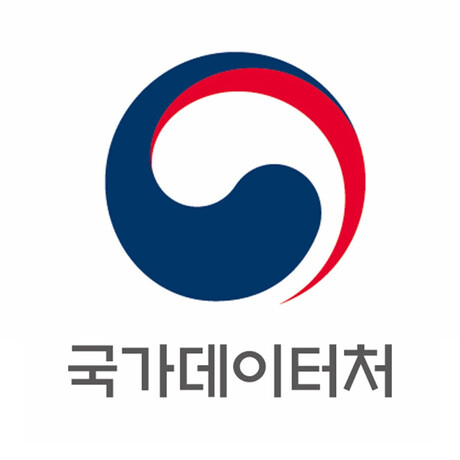
SEOUL, South Korea – The Korean fashion and beauty industries are once again setting their sights on the vast Chinese market, a shift fueled by improving bilateral relations between South Korea and China. After years of navigating political headwinds, including the THAAD missile defense system deployment, U.S.-China trade tensions, and China’s burgeoning "Guochao" (nationalistic consumerism) trend, Korean brands see a renewed opportunity for growth following the inauguration of President Lee Jae-myung's administration. However, persistent challenges such as China's economic uncertainties and evolving local consumer preferences necessitate highly differentiated localization strategies rather than a simple re-entry.
Major players like Xexymix, Musinsa, Cosmax, and Kolmar Korea are accelerating their efforts to penetrate the Chinese market, recognizing its immense potential despite lingering structural variables like economic instability, political and trade risks, and domestic demand slowdowns within China.
Strategic Moves by Key Players
Xexymix, a leading K-athleisure brand, is aggressively expanding its presence in China, aiming to establish 50 stores by the end of the year. Having initiated its renewed push in April and May with openings in Wenling City, Taizhou, Zhejiang Province, and Puxi, Shanghai, the brand is now poised to open a series of stores in inland third and fourth-tier cities.
Xexymix’s strategy involves first targeting prominent department stores in each regional commercial district, leveraging them as key hubs. The brand is also actively pursuing collaborations with well-known local e-commerce platforms to expand its online sales channels, thereby maximizing synergy. This multi-channel approach is expected to drive balanced growth across various categories, including women's wear (which currently accounts for over 70% of China sales), golf, men's wear, and running.
Musinsa, a prominent online fashion platform, is making a concerted effort to enter the Chinese market as part of its ambitious goal to achieve 3 trillion won in global transaction volume within the next five years. The company plans to implement an offline expansion strategy, with stores slated to open in Shanghai and other Chinese cities in the latter half of the year. Musinsa's appeal to Chinese consumers is already evident in South Korea; 70-80% of visitors to its Seongsu-dong store in Seoul are foreign tourists, with Chinese nationals making up half of that demographic. This organic interest suggests a strong foundation for direct market entry.
Cosmax, a leading original development manufacturer (ODM) in cosmetics, is intensifying its focus on the Chinese market by emphasizing customized formulations and proprietary research technologies tailored for local consumers, aiming for a "second leap" in growth. The company plans to leverage its global network to enhance research and development synergy, actively supporting its Chinese clientele in their own international expansions.
Cosmax China, the company's Chinese subsidiary, showcased innovative ingredients at the "2025 China Shanghai Beauty Expo" last month. These included White Plusome (a whitening functional ingredient), PDRN, and collagen-related patented compounds. The company also introduced "Sun's Up," a specialized sun care technology theme for the Chinese market. Notably, the "Sun Mesh Cushion" garnered significant attention amidst increasing demand for UV protection products in the region. Cosmax China reported a 3.4% increase in first-quarter revenue to 162.7 billion won, year-on-year, driven by a recovery in the local cosmetics market, a reduction in the negative growth of key clients, and the acquisition of large, offline-centric clients.
Kolmar Korea is collaborating with Tmall Global to facilitate the entry of K-beauty brands into the Chinese market. This partnership aims to strengthen customized consulting and global platform linkages for client companies looking to enter China. Kolmar Korea is also forging partnerships with distribution channels worldwide to support the overseas expansion of the K-beauty industry. Tmall Global, a Chinese e-commerce giant with approximately 880 million monthly active users, is actively working to attract K-brands and distributors, recognizing the recent surge in demand for premium products and increasing consumer trust in K-brands within China.
A Confluence of Factors Driving Re-entry
The renewed interest of K-fashion and beauty brands in China is largely driven by the heightened expectations for improved South Korea-China relations under the new government. The bilateral relationship has faced considerable challenges in recent years, including the deployment of the THAAD missile defense system, the COVID-19 pandemic, and former President Yoon Suk-yeol's value-based diplomacy that prioritized alliances with the United States and Japan.
President Lee Jae-myung, who assumed office on June 4th, has adopted "national interest-centric pragmatic diplomacy" as his core policy. In his inaugural summit call with Chinese President Xi Jinping, both leaders explored avenues for developing bilateral ties. Furthermore, the Chinese government permitted visa-free entry for South Korean ordinary passport holders starting November last year. In reciprocation, the South Korean government is considering a temporary visa exemption for Chinese group tourists from the third quarter of this year, signaling a significant thaw in diplomatic relations and a more welcoming environment for business exchanges.
Beyond diplomatic overtures, a confluence of economic factors also makes China an irresistible market. Despite a period of slowdown, China's consumer market remains one of the largest and most dynamic globally. The sheer scale of its middle class, with its increasing disposable income, presents an unparalleled opportunity for high-quality imported goods. While "Guochao" has fostered the growth of local brands, there remains a substantial segment of Chinese consumers who value the perceived quality, innovation, and trendy appeal of K-fashion and beauty products. South Korean brands have historically built a strong reputation in China for product efficacy, sophisticated design, and a connection to popular K-culture, which continues to hold sway.
Navigating Lingering Uncertainties
Despite the seemingly rosy outlook, significant uncertainties persist. Foremost among these is the ongoing state of the Chinese economy. Although China's first-quarter GDP and last month's retail sales surpassed expectations, many analysts view this as a temporary phenomenon. There are widespread concerns that the adverse effects of the U.S.-China tariff war could impact China's domestic economy and, by extension, the operations of Korean companies doing business there.
The "Guochao" phenomenon, representing a surge in nationalistic consumption among younger Chinese generations, also presents a formidable hurdle for K-companies. This trend encourages consumers to prioritize domestic brands, often viewing them as superior in quality, design, and cultural relevance. To counteract this, Korean brands must go beyond simply offering products and instead articulate a compelling value proposition that resonates with local sensibilities and differentiates them from increasingly sophisticated domestic competitors. This could involve emphasizing unique Korean innovation, sustainable practices, or collaborative initiatives that demonstrate a genuine understanding and appreciation of Chinese culture.
Another challenge lies in the complex regulatory landscape of China, which can be unpredictable and subject to sudden changes. Compliance with stringent product safety standards, labeling requirements, and intellectual property protection laws demands meticulous attention and ongoing adaptation. Furthermore, the fragmented nature of China's e-commerce ecosystem, with various platforms and live-streaming channels, requires a nuanced approach to digital marketing and sales. Brands need to invest in understanding the intricacies of each platform and tailoring their strategies accordingly.
Competition from both international and domestic brands is fierce. Chinese domestic beauty brands, in particular, have rapidly evolved, offering high-quality products at competitive price points, often with a deep understanding of local consumer preferences and extensive distribution networks. Global beauty giants also continue to dominate significant market share. K-fashion brands face similar pressure from both fast-fashion retailers and established luxury brands.
The Imperative of Differentiated Localization
Industry insiders emphasize that while K-fashion and beauty brands have diversified their focus towards markets like the United States and Europe amidst past uncertainties in China, the current more favorable environment makes the Chinese market too attractive to ignore. Given its substantial industry scale and potential, success will hinge on establishing compelling differentiators, whether through price competitiveness, superior product quality, or, most critically, highly localized marketing strategies that genuinely capture the hearts of Chinese consumers.
This necessitates a profound understanding of Chinese consumer behavior, evolving trends, and cultural nuances. Brands must move beyond simply translating their marketing materials and instead create campaigns that resonate deeply with local values and aspirations. This could involve collaborating with local influencers, developing products specifically tailored to Chinese skin types or fashion preferences, and engaging with consumers through popular Chinese social media platforms. Investing in local talent and establishing strong local partnerships will also be crucial for navigating the market effectively.
Ultimately, the renewed push into China by K-fashion and beauty brands marks a significant strategic pivot. It reflects a calculated gamble on improving diplomatic ties and the enduring appeal of Korean products. However, sustained success will not be a given. It will demand agility, deep market insight, and an unwavering commitment to innovative and culturally relevant localization strategies to overcome the persistent challenges and truly thrive in this dynamic and fiercely competitive market.
[Copyright (c) Global Economic Times. All Rights Reserved.]





























